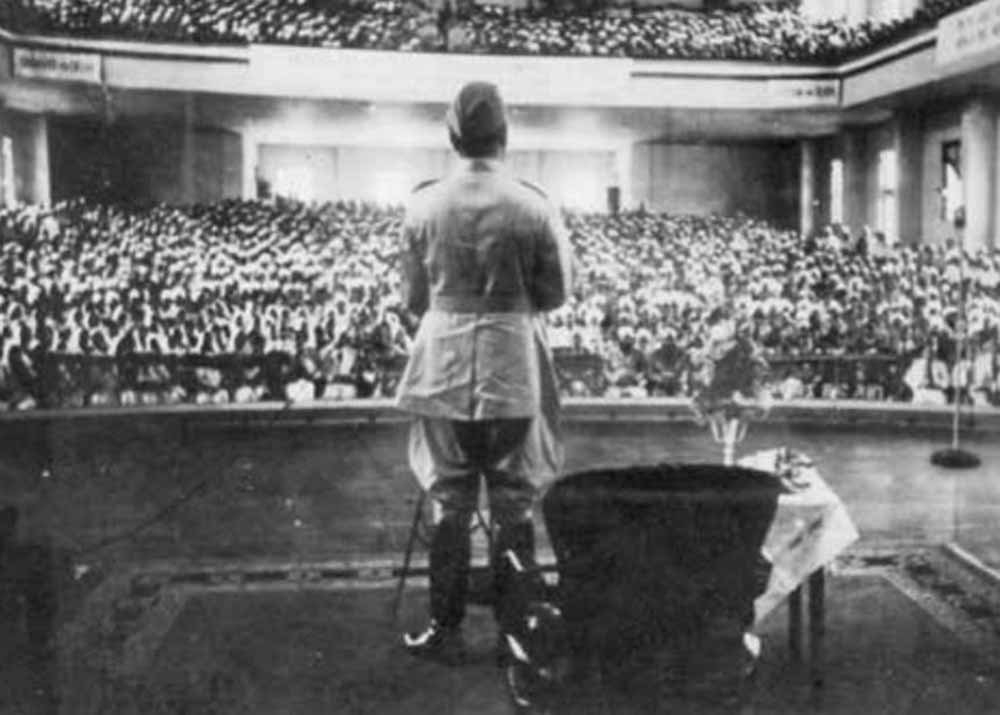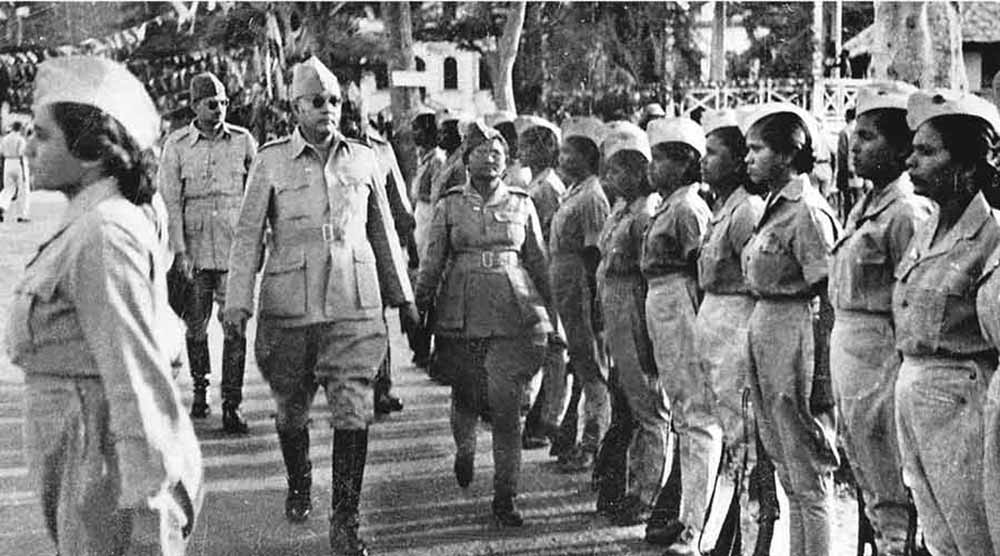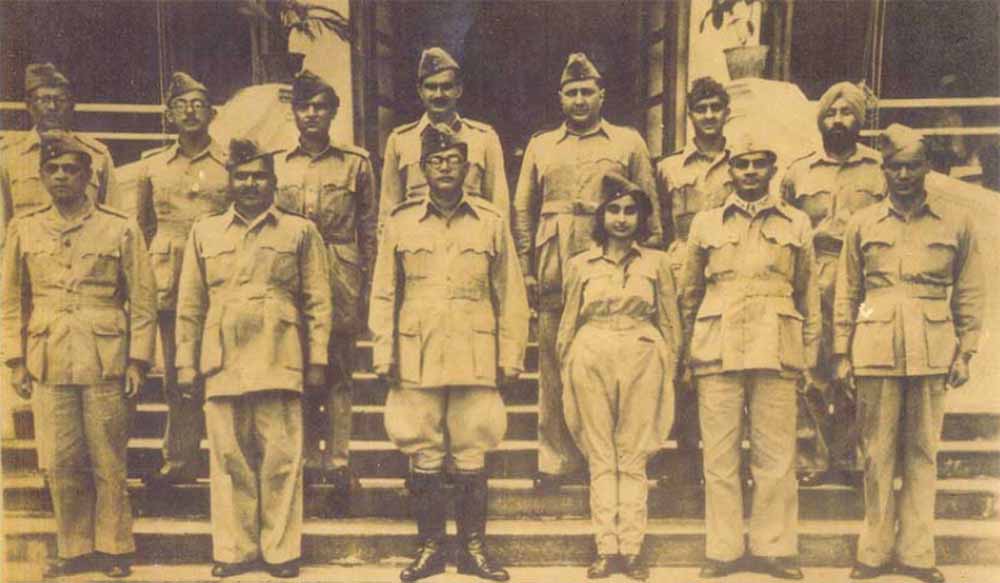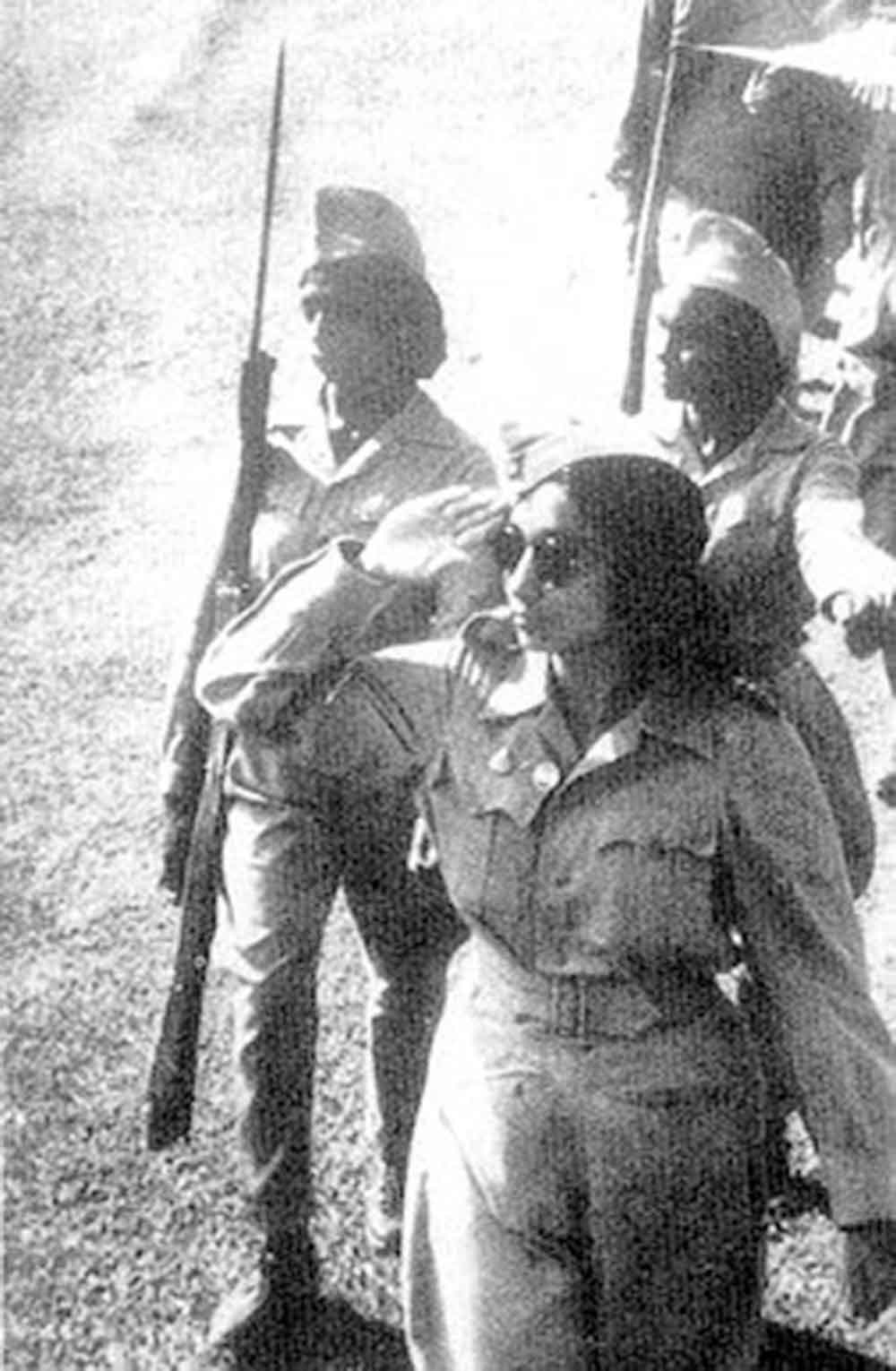“I want a unit of brave Indian women to form a Death-defying Regiment, who will wield the sword which the brave Rani of Jhansi wielded in India's First War of Independence in 1857.”

As we commemorate Netaji Jayanti, we uncover a lesser-explored chapter of Subhas Chandra Bose's life — the formation of the Rani Jhansi Regiment. Amid World War II's chaos, Bose's progressive vision materialised in an all-women combat unit, challenging norms and embodying empowerment.
This Netaji Jayanti, we delve into the profound impact of this regiment on the lives of Indian women, shedding light on its transformative role and the visionary leader behind it.
A Revolutionary Call: Netaji's Vision for Inclusive Freedom (June 1943)

“This must be a truly revolutionary army… I am appealing also to women… women must be prepared to fight for their freedom and for independence… along with independence they will get their own emancipation.”
In June 1943, Subhas Chandra Bose assumed command of the Indian National Army (INA) in Singapore. Shocking the Indian expatriate community, he announced his intent for women to join the freedom fight. Amid World War II, Bose created the Rani Jhansi Regiment, an all-women corps of soldiers, embodying his commitment to inclusivity.
Unveiling Untold Stories: The Women of the Rani Jhansi Regiment

Facing strong opposition, Bose, with some difficulty, persuaded twenty women to train with Lee-Enfield 303 rifles borrowed from the INA. Struggling with limited resources, the women wore white saris as makeshift uniforms. The unit was named the Rani of Jhansi Regiment after the legendary Lakshmibai.

Young girls from diverse backgrounds enrolled in the INA's all-female Rani of Jhansi Regiment, comprising women of various classes, castes, faiths, and ages in Malaya, Burma, and Thailand. Many had never received military training before joining, highlighting the courage and determination that Bose's inspiring nationalistic rhetoric instilled in them.
Impactful Transformation: From Plantations to Patriarchy's Challenge

Sexual abuse by mainly white estate managers was a common occurrence. The Rani of Jhansi Regiment provided an environment where, for the first time, these young women found themselves respected and free from the social stigma. They became soldiers not only for India's freedom but also for their liberty.
Historians estimate the regiment's size as high as 5,000 women. Among these recruits were 200 chosen for nursing training, forming the Chand Bibi Nursing Corps. What brought these women — facing conditions akin to slavery on large rubber estates in Malaya — to the regiment was Bose's inspiring nationalistic rhetoric.
The Struggle For Liberation: Resonating With Netaji's Nationalistic Rhetoric

For Netaji, the Rani Jhansi Regiment represented a broader vision for India's freedom. The name itself paid homage to the legendary Rani of Jhansi, a martyr to the Indian cause. The women who volunteered for this regiment were exceptionally young, many in their mid-to-late teens, some documented as no more than 12 or 14 years old.

Led by the indomitable Captain Lakshmi Sehgal, a doctor in Singapore who rose to command the Rani of Jhansi Regiment, these women not only found a platform to assert their identity but also to escape the abuse and contempt they experienced on the plantations.
The Rani of Jhansi Regiment was never sent to the frontlines. Despite their military training, many recruits opted to become nurses in hospitals near war zones in Burma. A large number of women remained active reservists, always expecting to be sent to the front.

Bose's motivations for starting the regiment can be debated, but its impact on the lives of the traditional women who joined was undeniable. The Rani Jhansi Regiment provided more than military training; it offered a chance to challenge the rigid patriarchal norms, gain self-respect, and break free from societal expectations.